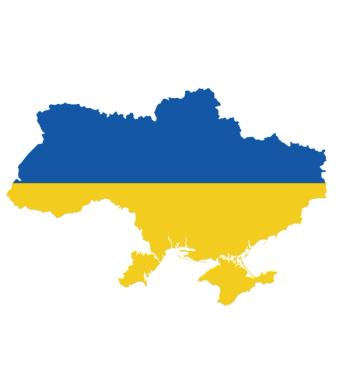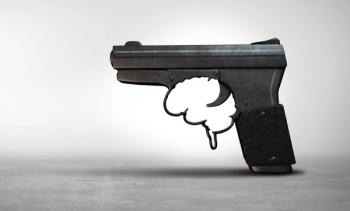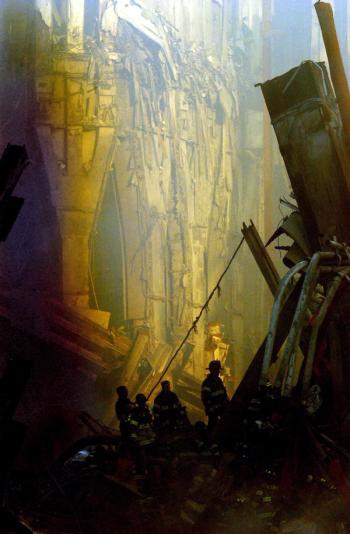
|Slideshows|June 23, 2017
Disaster Check Points for Psychiatrists
Author(s)Anthony T. Ng, MD
Most individuals who have experienced a disaster-related event or epidemic are at increased risk for distress behaviors that have equally significant and chronic consequences. Here’s what psychiatrists need to know.
Advertisement
Newsletter
Receive trusted psychiatric news, expert analysis, and clinical insights — subscribe today to support your practice and your patients.
Advertisement
Advertisement
Advertisement
Trending on Psychiatric Times
1
Research Recap From the European College of Neuropsychopharmacology Congress
2
Southern California Psychiatry: Review of New Agents in Schizophrenia and Dementia
3
AI in 2025: A Look Back With Allen Frances, MD
4
Latest Alzheimer Disease Data: Reports from CTAD 2025
5




